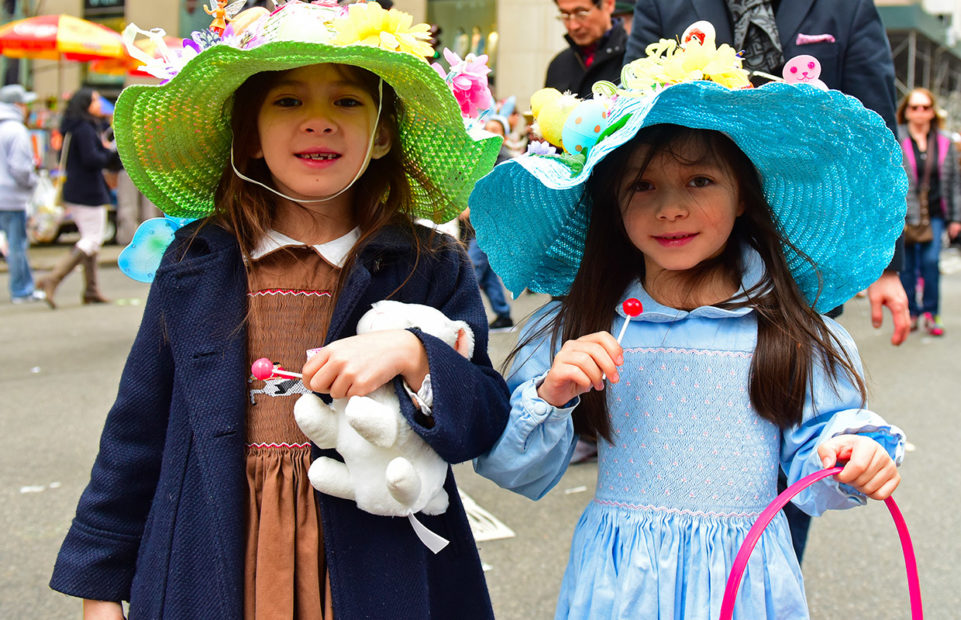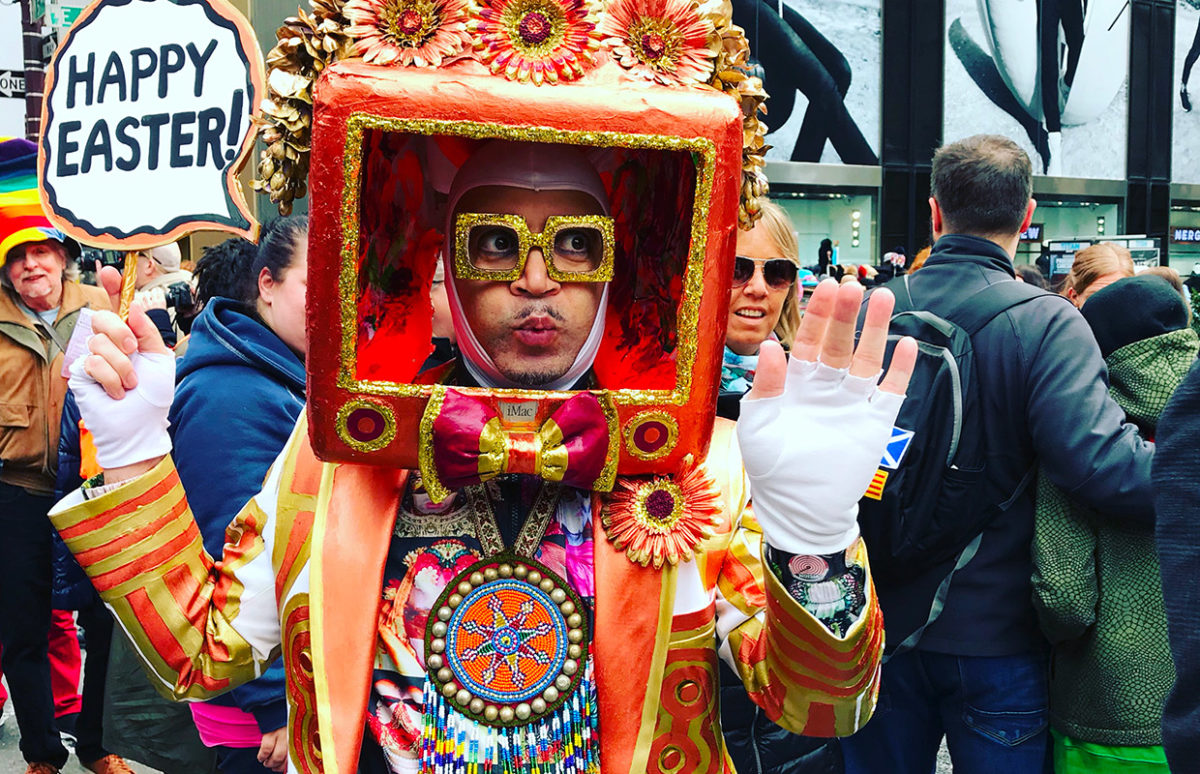Easter traditions are fairly similar from one English-speaking country to another, but it's nice for pupils to discover them and compare them with their own traditions. Although originally a religious festival, many of the popular traditions such as chocolate eggs and the Easter bunny have more to do with secular celebrations.
New York City's Easter Bonnet Parade on Fifth Avenue is a tradition dating back to the 1870s. The reporter in this short news report decided to give her commentary in rhyme but it's fairly simple and there are plenty of visuals. From A2.

This short video is an explanation of Canadian Easter traditions such as egg hunts, painting eggs and Easter food. Many of those, and the Easter bunny are common to most English-speaking countries. And most of them are similar to traditions in France. That makes comprehension and vocabulary acquisition easier. Pupils can be asked to compare and contrast. The video is accessible from A1+.
Britain has some typical Easter baking which doesn't involve chocolate. Hot cross buns are common, but they are a bread-based speciality that amateur cooks aren't always comfortable with. For an easier option, you could try simnel cake, a light, spiced fruit cake often decorated with marzipan eggs.
So why is the Easter bunny so ubiquitous in English-speaking countries? If you're curious, this provides some suggestions:
Copyright(s) :
TD Dolci/Shutterstock
a katz/Shutterstock
Tag(s) : "baking" "bonnet" "Canada" "cooking" "Easter" "New York" "parade" "recipe" "spring" "traditions" "UK" "video"





